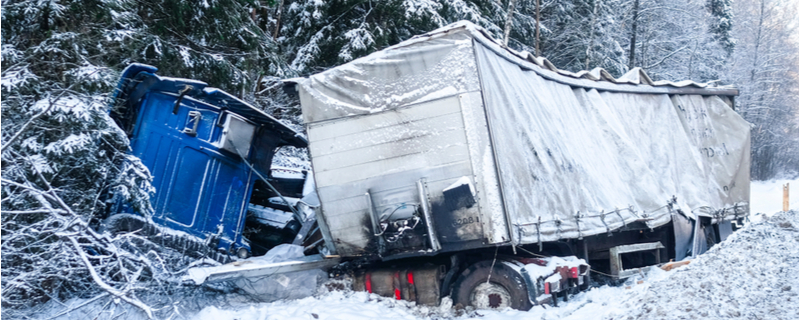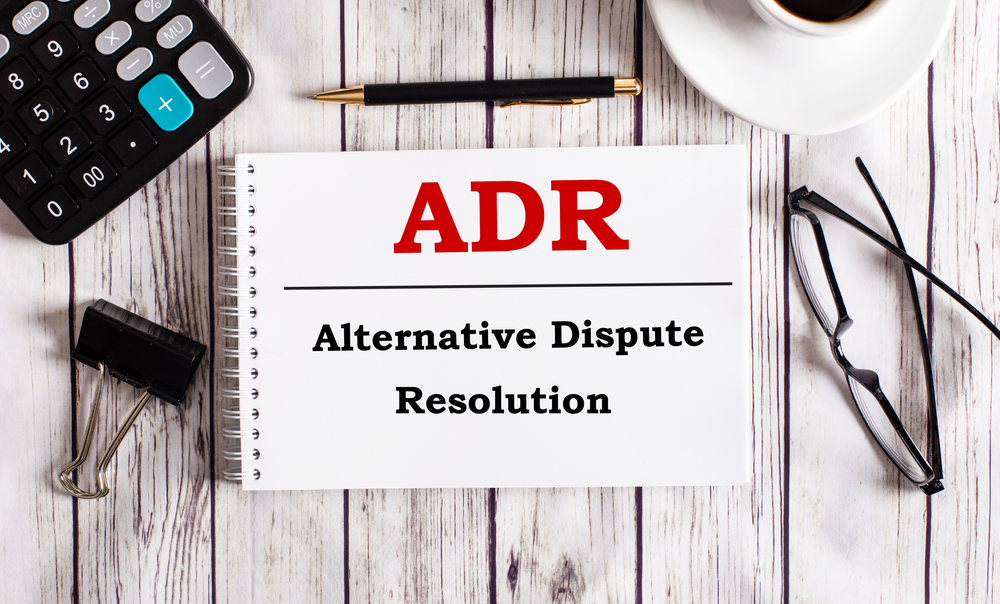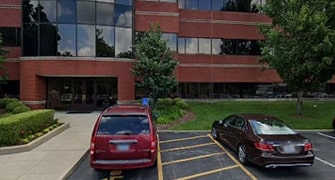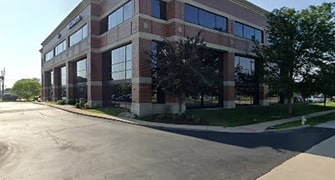Free Consultation
(314) 500-HURT
Deposed a defendant last week who refused to admit she did anything wrong. She was driving her commercial vehicle, went
too fast, slid on ice and snow, spun out perpendicular to the road, went across the road and crashed head on into my
client’s truck.
He had seen her coming and pulled to the side of the road and stopped by then. Pictures show the road completely icy.
She flat out refused to admit she did a single thing wrong. The problem is, her lawyer is likely to admit liability in
opening statement to defuse the situation at trial.
What to do? Here it is in three steps:
1. Nail her down in deposition with the following.
You didn’t do anything wrong.
You take absolutely no responsibility.
Wouldn’t change a thing if had to do it over.
Didn’t learn any lessons from this.
If you didn’t do anything wrong, you still drive like that today and are gonna drive to the courthouse for trial like
that.
Unless there’s a jury verdict in this case you won’t change a thing.
2. Go to trial.
3. At trial, when they try to late admit liability to keep evidence out and take the wind out of your sails remind them
of a little Missouri law: An admission of fault by defendant should not prevent plaintiff from putting her evidence
relating to liability before the jury.
All my evidence of negligence will come in. And its some old, good law – back to 1934.
Most recently in Ingram v. Rinehart, 108 S.W.3d 783 (Mo. App. W.D. 2003), defendant admitted liability but the trial
judge allowed counsel for plaintiff to present evidence of fault including direct and demonstrative evidence that the
defendant was drunk at the time of the incident, testimony about what led up to the incident itself and its aftermath,
and photographs of the incident scene.
The Court said:
“The party bearing the burden of proof is not bound to a party’s admission. Franklin v. Byers, 706 S.W.2d 230, 231 (Mo.
App. 1986); Ruppel v. Clayes, 72 S.W.2d 833 (Mo. App. 1934). Instead, that party may elect to present evidence to prove
the issue at a jury trial. Ruppel, 72 S.W.2d at 835. Furthermore, that testimony and evidence was also admissible
because it was directly relevant to the disputed issues regarding plaintiff’s special damages and their claim for
punitive damages. There was no error admitting the challenged testimony and evidence.”
The rationale underlying this longstanding rule in Missouri is that “[a] colorless admission by the opponent may
sometimes have the effect of depriving the party of the legitimate moral force of his evidence . . . ” Wigmore on
Evidence, 3d Ed. § 2591.
Back in 1934, the Ruppel v. Clayes, 72S.W.2d 833, 835, 836 (St. L. 1934), court held that even when a defendant makes an
unqualified or limited admission of liability, a plaintiff has the right to introduce evidence relevant to the issue of
liability. The court said:
“[p]arties, as a general rule, are entitled to prove the essential facts, to present to the jury a picture of the events
relied upon. To substitute for such picture a naked admission might have the effect of robbing evidence of much of its
fair and legitimate weight. No exception lies to the admission of relevant evidence under such circumstances.”
4. Tell the jury the late admission is just to play a game with the jury – to try to manipulate them.
5. Ask the jury for a bunch of money to fully, not partially, compensate your client.
6. Tell this story so defendants and their lawyers stop playing this game.
Founder | Injury Attorney
Gary Burger has dedicated his career to standing up against bullies. The founder and principal attorney of Burger Law | St. Louis Personal Injury Lawyer has helped hundreds of Missouri and Illinois individuals and families recover th …
Years of experience: 30 years
Location: St. Louis, MO

Similar Blog Posts

Whether at a restaurant or a store, wet or other hazardous conditions can cause slip and fall accidents. Despite the cause of a slip and fall accident, the property owner where the...

As we continue to see more and more of the environmental effects of climate change on the world around us, courts have also seen an increase in civil suits alleging that climate ...

Alternative dispute resolution (ADR) is a legal process that offers parties another option besides traditional litigation to resolve legal conflicts and disputes. It can be a more ...


521 W. Main Street Suite 201 O
Belleville, IL 62220
By appointment only
(618) 500-4878 GET DIRECTIONS
332 S Michigan Ave Suite 900
Chicago, IL 60604
By appointment only
(312) 500-HURT GET DIRECTIONS
100 Chesterfield Business Pkwy Suites 200-222
Chesterfield, MO 63005
By appointment only
(314) 648-8348 GET DIRECTIONSNO FEES UNTIL WE WIN YOUR CASE
We offer free consultations and are available 24/7 to take your call. Live chat, text, and virtual meetings are available.
or call us at